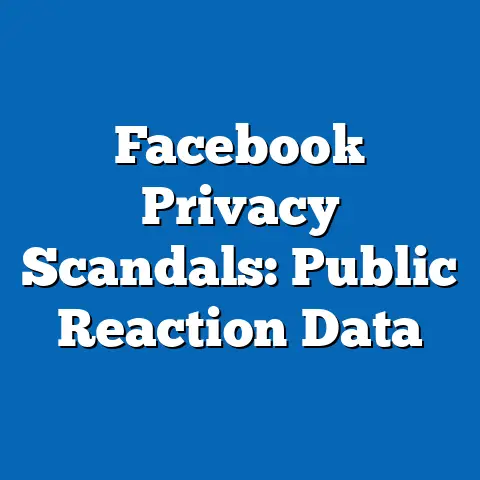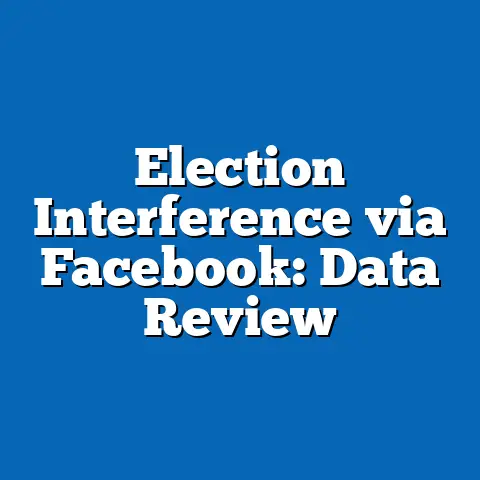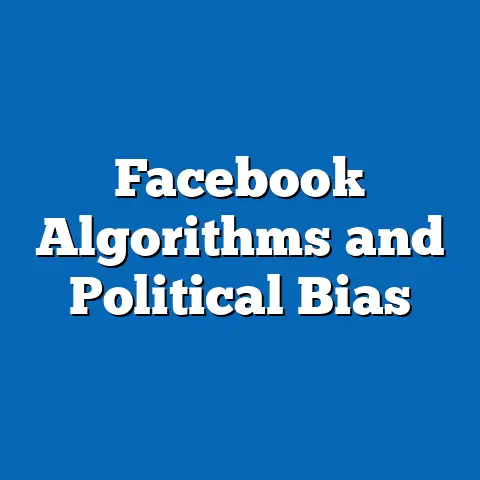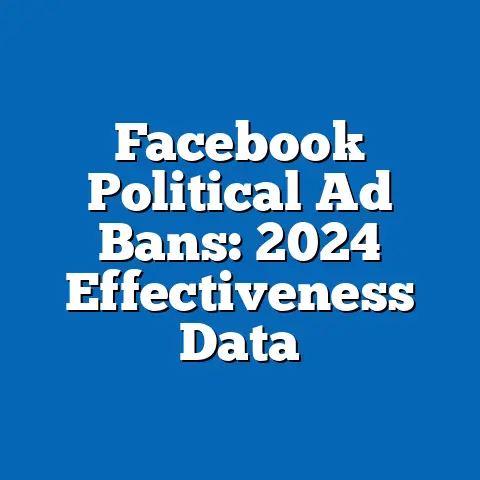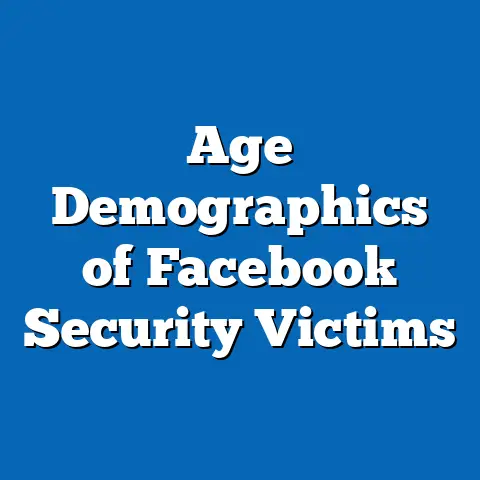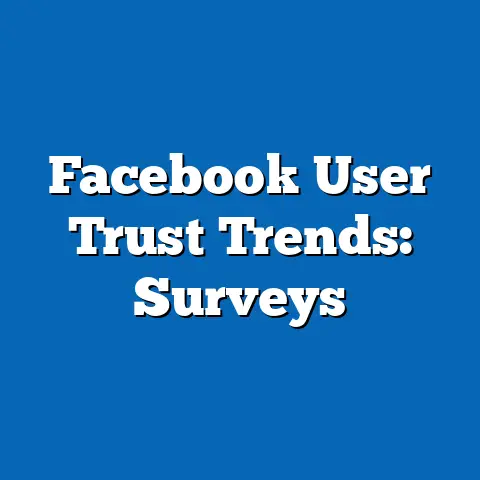Facebook Older Users Growth (50% Over 50)
“Social media is no longer just a playground for the young; it has become a vital space for connection across all generations,” says Dr. Margaret Ross, a digital sociologist at Stanford University. In 2024, one of the most striking trends in the social media landscape is the unprecedented growth of older users on Facebook, with over 50% of its user base now aged 50 and above. This demographic shift, often referred to as the “Silver Surfer” phenomenon, signals a profound transformation in how social platforms are used and perceived.
This article delves into the data behind this trend, exploring the key statistical growth patterns, demographic breakdowns, historical comparisons, and the contextual factors driving this shift. Drawing from authoritative sources such as Pew Research Center, Statista, and Meta’s own quarterly reports, we analyze why older adults are flocking to Facebook in record numbers. Finally, we look ahead to what this means for the platform’s future and its role in an aging digital world.
Overview of Key Findings: A Milestone for Facebook
In Q2 2024, Meta reported that 50.3% of Facebook’s global user base—approximately 1.52 billion out of 3.02 billion monthly active users (MAUs)—are aged 50 and older, a historic milestone for the platform. This marks a significant shift from just a decade ago when this demographic represented less than 20% of users. The growth is particularly pronounced in developed markets like the United States, Canada, and Western Europe, where aging populations and increased digital literacy among seniors are key drivers.
The 50+ age group has grown at an annual rate of 8.7% since 2020, compared to a much slower 2.1% growth rate for users under 30 during the same period. This divergence highlights a fundamental reorientation of Facebook’s user base. Additionally, older users are not just signing up—they’re engaging more, with average daily time spent on the platform by users over 50 increasing by 15% year-over-year to 42 minutes per day in 2024.
Detailed Analysis: Why Older Adults Are Embracing Facebook
Demographic Breakdown of the 50+ User Base
The 50+ demographic on Facebook is far from monolithic, encompassing a wide range of age cohorts, socioeconomic backgrounds, and motivations for using the platform. According to Statista’s 2024 Social Media Demographics Report, the largest subset within this group is the 50-64 age bracket, which accounts for 32% of total users (approximately 966 million people). The 65+ group, while smaller at 18.3% (about 552 million users), is the fastest-growing segment, with a year-over-year increase of 11.2%.
Geographically, North America leads the way with 68% of Facebook users aged 50 or older, followed by Europe at 54%. In contrast, regions like Asia-Pacific and Africa show lower proportions (around 40% and 28%, respectively), reflecting younger population structures and varying levels of internet penetration. Gender-wise, women slightly outnumber men in the 50+ group, making up 52% of this demographic, a trend attributed to women’s higher engagement with social and family-oriented content.
Engagement Patterns: Quality Over Quantity
Older users are not passive lurkers; they are active contributors to Facebook’s ecosystem. A 2024 Pew Research Center survey found that 74% of users aged 50-64 and 62% of those 65+ post content or comment on posts at least weekly, compared to just 58% of users aged 18-29. Popular activities include sharing family updates, joining interest-based groups, and engaging with local community pages.
Moreover, older adults are more likely to use Facebook for practical purposes. Data from Meta’s 2024 User Insights Report indicates that 65% of users over 50 use the platform to stay informed about news and events, compared to 48% of younger users. Marketplace, Facebook’s buy-and-sell feature, also sees heavy usage among this demographic, with 41% of 50+ users engaging in transactions monthly.
Technological and Cultural Drivers
Several factors underpin this demographic shift. First, digital literacy among older adults has surged over the past decade, fueled by accessible technology and targeted education programs. A 2023 report from the AARP notes that 83% of Americans aged 50+ now own a smartphone, up from 53% in 2013, and 78% feel comfortable using social media apps like Facebook.
Second, the COVID-19 pandemic accelerated adoption as older adults turned to digital platforms for social connection during lockdowns. A 2022 study by the University of Michigan found that 67% of seniors who joined Facebook during 2020-2021 cited “staying connected with family” as their primary reason. This trend has persisted post-pandemic, as many have integrated the platform into their daily routines.
Finally, Facebook’s evolving features cater to the needs of older users. Tools like larger text options, simplified interfaces, and robust privacy settings have made the platform more accessible. Additionally, the rise of Groups—where users can connect over shared hobbies or local issues—has resonated strongly with the 50+ demographic, with 55% participating in at least one Group, per Meta’s data.
Statistical Comparisons Across Demographics
Age Cohort Engagement Rates
When comparing engagement across age groups, the 50+ demographic stands out for its consistency. While users aged 18-29 log in more frequently (85% daily), their sessions are shorter, averaging 28 minutes per day. In contrast, users aged 50-64 spend 42 minutes daily, and those 65+ average 39 minutes, reflecting deeper engagement with content.
Content preferences also vary significantly. Younger users gravitate toward Stories and Reels, with 72% engaging with short-form video content daily. Older users, however, prefer traditional posts and photo albums, with 68% of 50+ users interacting with such content compared to just 44% of under-30 users.
Regional Variations
Regional data reveals stark contrasts in the 50+ user base. In the United States, where the median age is 38.5 and rising, 71% of Facebook users are over 50, driven by high internet penetration (95% of seniors have access) and an aging population. Europe mirrors this trend, with countries like Germany and the UK reporting 65% and 62% of users in this age group, respectively.
Conversely, in India, where the median age is 28.2, only 34% of Facebook users are over 50, reflecting a younger demographic structure. However, growth rates in this segment are notable at 9.4% annually, suggesting potential for future expansion as the population ages and digital access improves.
Socioeconomic Factors
Income and education levels also influence usage among older adults. A 2024 Pew survey found that 82% of 50+ users with a college degree use Facebook daily, compared to 61% of those with a high school education or less. Similarly, users in higher income brackets (earning $75,000+ annually) are more likely to engage with premium features like Marketplace or paid Groups, with 48% participation compared to 29% among lower-income users (under $30,000).
Historical Trend Analysis: From Youth Hub to Multigenerational Platform
Early Days: A Youth-Centric Platform
When Facebook launched in 2004, it was explicitly a platform for college students, with 90% of its initial user base aged 18-24. By 2010, as the platform opened to the general public, the 50+ demographic accounted for a mere 10% of users, or roughly 50 million out of 500 million MAUs. At the time, older adults were often wary of social media, citing privacy concerns and a lack of technical skills, per a 2010 Pew report.
The Turning Point: 2015-2020
The tide began to turn around 2015, as smartphone adoption among seniors grew and Facebook rolled out user-friendly updates. By 2018, the 50+ group reached 25% of users (approximately 550 million out of 2.2 billion MAUs), driven by baby boomers entering retirement and seeking digital connection. Engagement also spiked, with time spent by this group rising from 18 minutes per day in 2015 to 30 minutes by 2020.
Younger users, meanwhile, began migrating to platforms like Instagram and Snapchat, with the 18-29 group’s share of Facebook users dropping from 44% in 2015 to 32% by 2020. This divergence set the stage for the dramatic shift seen today.
The 2020s: A Silver Surge
The 2020s have been transformative, with the 50+ demographic overtaking younger cohorts. From 2020 to 2024, the number of users aged 50+ grew from 900 million (33% of users) to 1.52 billion (50.3%), a 68% increase in just four years. This surge contrasts with stagnating growth among under-30 users, whose numbers have remained relatively flat at around 800 million since 2020.
[Insert Chart: Line graph showing percentage of Facebook users by age group from 2010 to 2024, highlighting the rise of 50+ users and decline of under-30 users.]
Contextual Factors Shaping the Trend
Aging Global Population
Demographic realities play a central role. According to the United Nations, the global population aged 65+ is expected to double from 761 million in 2021 to 1.6 billion by 2050, with significant growth in the 50-64 bracket as well. In developed regions, where Facebook penetration is highest, this aging trend is even more pronounced, with 1 in 4 people in North America and Europe projected to be over 65 by 2030.
Digital Inclusion Initiatives
Governments and nonprofits have also contributed through digital inclusion programs. In the U.S., initiatives like the AARP’s “Tech for Seniors” workshops have trained over 2 million older adults since 2018, with 60% of participants joining social media platforms post-training. Similar efforts in the UK and Australia have yielded comparable results, bridging the digital divide.
Platform Adaptation
Facebook’s strategic focus on accessibility cannot be overstated. Features like voice-to-text for messaging, high-contrast modes, and tutorials tailored for seniors have lowered entry barriers. Meta’s investment in community-building tools, such as Groups and Events, also aligns with older users’ desire for meaningful interaction over passive scrolling.
Future Projections: What Lies Ahead for Facebook and Older Users
Looking to 2030, projections suggest that the 50+ demographic will continue to dominate Facebook’s user base, potentially reaching 60% of total users (approximately 2 billion out of 3.3 billion MAUs) if current growth rates hold, per Statista forecasts. This trajectory assumes sustained digital adoption among seniors and continued stagnation among younger cohorts, who are increasingly drawn to platforms like TikTok and Instagram.
Engagement patterns are also expected to evolve. Analysts at eMarketer predict that older users will drive demand for features like health-related Groups, virtual events, and e-commerce integration, with Marketplace transactions among 50+ users projected to grow by 20% annually through 2028. [Insert Chart: Bar graph projecting percentage of Facebook users by age group from 2024 to 2030.]
However, challenges loom. Privacy concerns remain a barrier, with 45% of 50+ users expressing unease about data security in a 2024 Pew survey. Meta will need to balance monetization efforts with robust safeguards to retain this demographic. Additionally, competition from platforms like Nextdoor, which target local community engagement, could siphon off some older users if Facebook fails to innovate.
Implications for the Social Media Landscape
The rise of older users on Facebook marks a turning point for social media, challenging the notion that platforms must cater exclusively to youth to thrive. For Meta, this shift offers opportunities to tap into the purchasing power of the 50+ demographic, whose disposable income in the U.S. alone exceeds $8 trillion annually, per AARP data. Advertisers are already taking note, with ad spend targeting seniors on Facebook rising by 25% from 2022 to 2024.
Yet, this transformation also raises questions about the platform’s identity. As younger users drift to newer apps, Facebook risks becoming perceived as a “boomer” platform, potentially impacting long-term growth. Striking a balance—retaining older users while re-engaging youth—will be critical.
For society, the trend underscores the importance of digital inclusion as populations age. Social media can combat isolation among seniors, with studies showing that regular online interaction reduces loneliness by 30% in adults over 65. However, ensuring equitable access and protecting vulnerable users from misinformation remain pressing concerns.
In conclusion, Facebook’s older user growth in 2024—crossing the 50% threshold for users over 50—is a testament to the platform’s adaptability and the broader societal shift toward digital connectivity across generations. By understanding the drivers, engagement patterns, and future implications of this trend, stakeholders can better navigate the evolving landscape of social media. As Dr. Ross aptly noted, social platforms are now a shared space, and Facebook’s silver surge is just the beginning of a multigenerational digital era.

